Το χρωμα του νυφικου (3) – The color of the wedding dress (3)
Το χρώμα του νυφικού
(3ο μέρος)
Το 1840 παντρεύτηκε η βασίλισσα Βικτωρία της Αγγλίας η οποία είχε στην κατοχή της μια πανάκριβη λευκή δαντέλα που θέλοντας να την αξιοποιήσει την χρησιμοποίησε για την δημιουργία του νυφικού της φορέματος.
Έκτοτε, αν και συνηθιζόταν ακόμα τα νυφικά φορέματα να είναι διαφόρων χρωμάτων, πολλές νύφες –κυρίως της αριστοκρατίας- μιμούμενες την βασίλισσά τους, φόρεσαν λευκά φορέματα στους γάμους τους και έτσι εξαπλώθηκε η μόδα του λευκού νυφικού, το οποίο σε συνδυασμό με την ιδιότητα του λευκού χρώματος σαν χρώμα της αγνότητας, καθιερώθηκε στον δυτικό χριστιανικό κόσμο όπου ήδη το λευκό, σαν συμβολικό χρώμα του χριστιανισμού- ήταν καθιερωμένο στα ρούχα της βάφτισης στο χιτώνιο που φορούσαν οι δυτικοί ιερωμένοι πάνω από τα εκκλησιαστικά τους ρούχα κατά την λειτουργία και στα φορέματα των καθολικών κοριτσιών όταν πήγαιναν για την πρώτη τους μετάληψη.
Έτσι το λευκό χρώμα θεωρήθηκε το πιο κατάλληλο χρώμα για ένα νυφικό, συμβολίζοντας την αγνότητα και την αθωότητα της κοριτσίστικης ηλικίας που μια κοπέλα εγκαταλείπει την ημέρα του γάμου της.
Αυτά όσον αφορά τον σύγχρονο χριστιανικό κόσμο. Στον υπόλοιπο κόσμο είναι καθιερωμένα παραδοσιακά γαμήλια χρώματα, αν και πολλές από τις εύπορες νύφες, ακολουθώντας την διεθνή μόδα αλλάζουν το παραδοσιακό νυφικό μετά την τελετή και φορούν λευκό δυτικό νυφικό.
Στην Αφρική τα νυφικά έχουν τα αντιπροσωπευτικά χρώματα και σχήματα της φυλής της νύφης.
Στην Κίνα τα νυφικά είναι κόκκινα γιατί για τους Κινέζους το κόκκινο είναι το χρώμα της χαράς και την καλοτυχίας.
Στην Ιαπωνία τα νυφικά κιμονό είναι από λευκό μετάξι με κόκκινες μπορντούρες που συμβολίζουν την χαρά και ένα νέο ξεκίνημα.
Στις Ινδίες τα νυφικά σάρι έχουν στην ύφανσή τους σχέδια από χρυσές κλωστές, ενώ το χρώμα του υφάσματος (συνήθως κόκκινο, κίτρινο ή άσπρο) εξαρτάται από την περιοχή καταγωγής της νύφης.
Επανερχόμενοι στα λευκά νυφικά που έχουν επικρατήσει κυρίως στον δυτικό κόσμο τους τελευταίους δυόμιση αιώνες, παρατηρούμε ένα διαχωρισμό των λευκών αποχρώσεων κυρίως σε τρεις κατηγορίες.
Στο ολόλευκο, στο ivory white, το κοκαλί, μια σπασμένη υποκίτρινη λευκή απόχρωση, το οποίο προτιμάται από τις νύφες που το κατάλευκο χρώμα δεν ταιριάζει με το χρώμα της επιδερμίδας τους, αλλά και που έχει καθιερωθεί σαν χρώμα νυφικού όταν η νύφη παντρεύεται για δεύτερη φορά
και στο λευκό ροζέ, ένα άσπρο με μια ελαφρά ροζέ χροιά που συμβολίζει και τονίζει την θηλυκότητα ή την κοριτσίστικη ανεμελιά της νύφης.
Κλείνουμε το άρθρο με μια αναφορά στο έθιμο των παρανύμφων. Το έθιμο αυτό πηγάζει από τις δεισιδαιμονίες της δυτικής εκκλησίας, όπου για να ξεγελαστεί ο διάβολος και να μην μπει μέσα στην εκκλησία την ώρα της λειτουργίας, πολλές εκκλησίες είχαν στην πρόσοψη 2 ρολόγια που έδειχναν διαφορετική ώρα το καθένα ώστε να μπερδεύεται μη γνωρίζοντας τη σωστή ώρα που άρχιζε η λειτουργία.
Κάτι παρεμφερές συνέβαινε και με τις νύφες. Έντυναν (και ντύνουν ακόμα) και άλλες κοπέλες παρόμοια με την νύφη για να μπερδευτεί ο διάβολος και να μην γνωρίζει πια είναι η νύφη, ώστε να την κλέψει ή την πειράξει.
Translated into English
The color of the bridal gown
(Third part)
In 1840 married Queen Victoria of England which has in her possession an expensive white lace and wanting to utilize it she used it to create her wedding dress. Since then, though still customary bridal dresses were of different colors, many brides-mostly of the aristocracy, mimicking the queen, worn white dresses at their weddings and so spread the fashion of the white wedding dress, which, combined with that of white color as the color of purity, established in the Western Christian world, where already white color was the symbolic color of Christianity and was established in the baptismal clothes and tunics worn by Western priests over their religious clothing during ceremonies and, as well, for the Catholic girls’ dresses worn at their first communion, so white was considered the most appropriate color for a wedding dress, symbolizing purity and innocence of maidenhood which a girl quits at her wedding day.
The above referred about the modern Christian world. Around the world are established traditional wedding colors, although many of the affluent brides, following the international fashion change the traditional dress after the ceremony and wear white western wedding dress.
In Africa the wedding dress represents colors and shapes of the tribe of the bride.
In China the wedding color is red because for Chinese red is the color of joy and good luck.
In Japan the wedding kimono dresses are made of white silk with red borders, symbolizing joy and a new start.
In India bridal saris are woven in designs of golden threads, while the color of the fabric (usually red, yellow or white) depends on the area of origin of the bride.
Returning in white wedding dresses that have prevailed particularly in the western world over the past two and half centuries, we observe a separation of white shades mainly in three categories. Clear white, ivory white, a broken yellowish white color, (which is preferred by brides that plain white color does not match the color of their skin, but has established as well as the preferred wedding color when the bride marries for second time) and pinkish white, a white with a slight pink tinge that symbolizes and emphasizes the feminine or girlish mood of the bride.
We close the article with an allusion to the custom of the bridesmaids. This custom stems from the superstitions of the Western church, where for tricking the devil and not let him get into the church at the time of ceremony, many churches had at the front 2 clocks showing different time, to confuse him as not knowing the correct time to enter in.
Something similar happened with the brides. Other girls used to be dressed similar to the bride so the devil be mistaken and confused not knowing who is exactly the bride in order to abduct or tempt her.
admin is | Topic: Κοινωνική ζωή και χρώματα | Tags: None
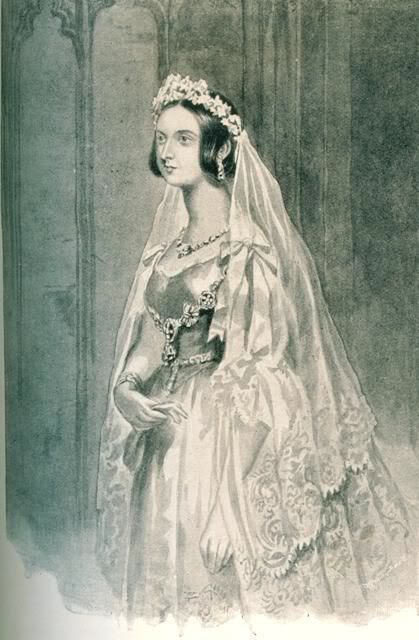
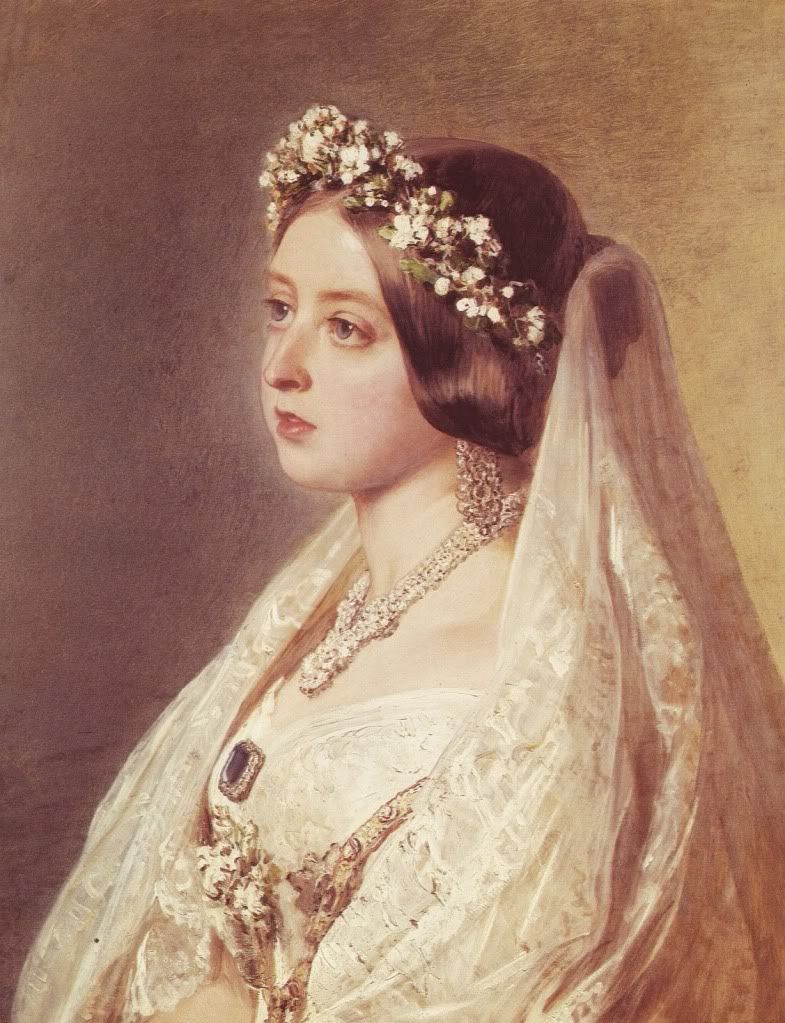


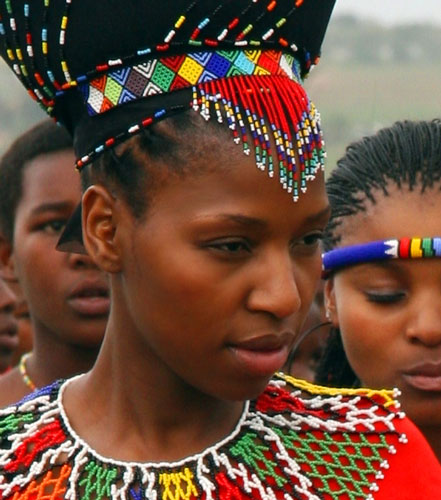
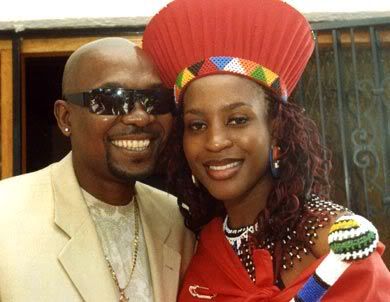
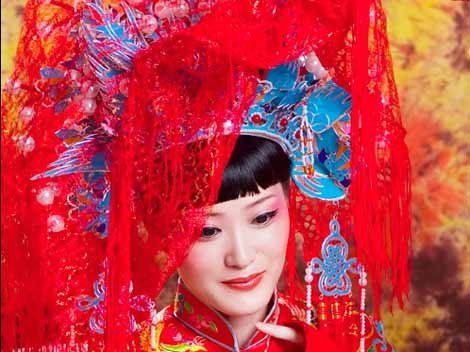
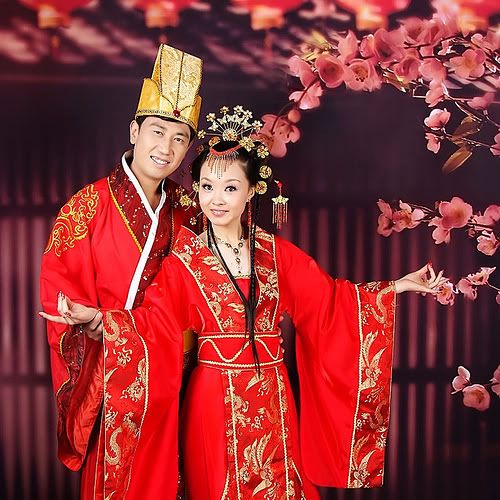
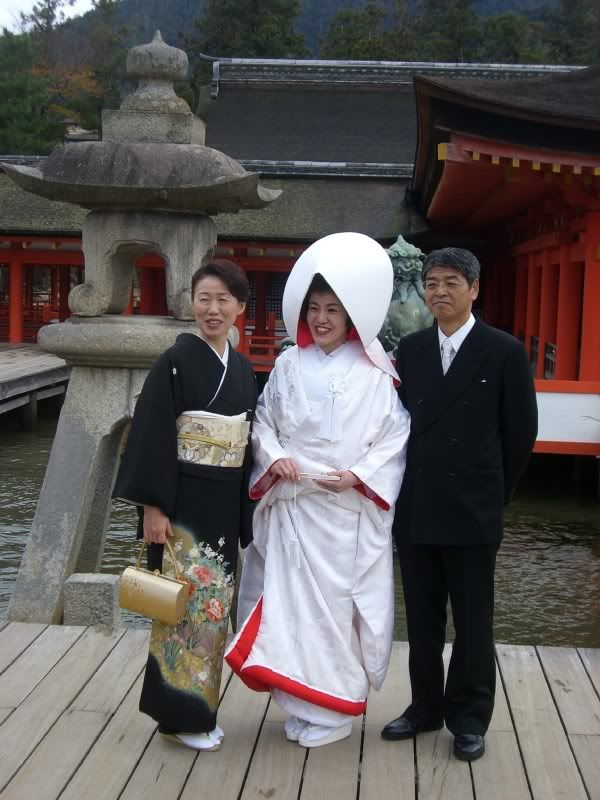
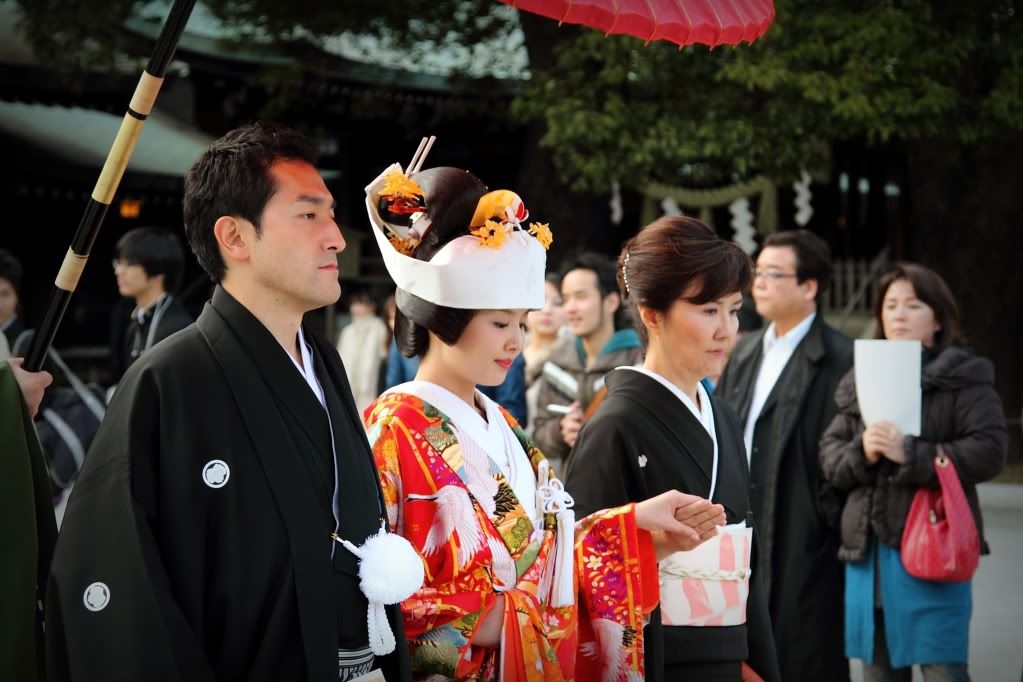
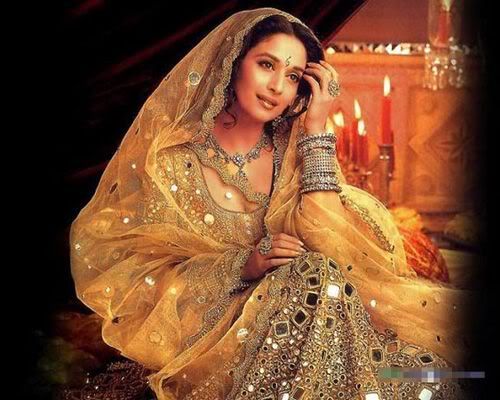
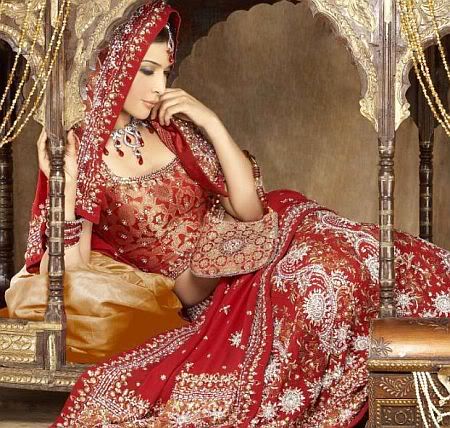
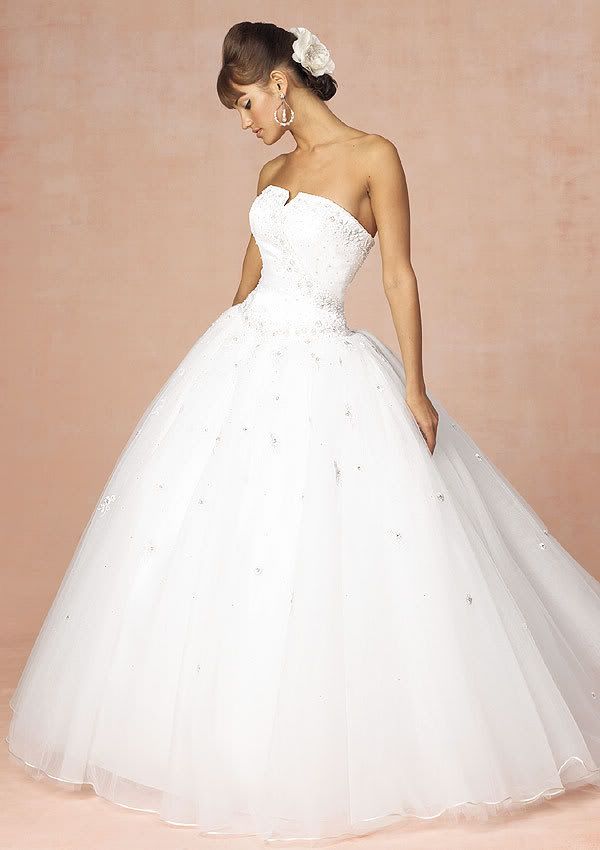
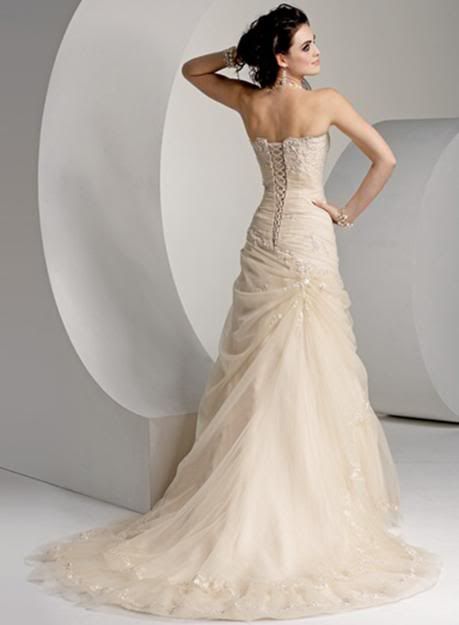
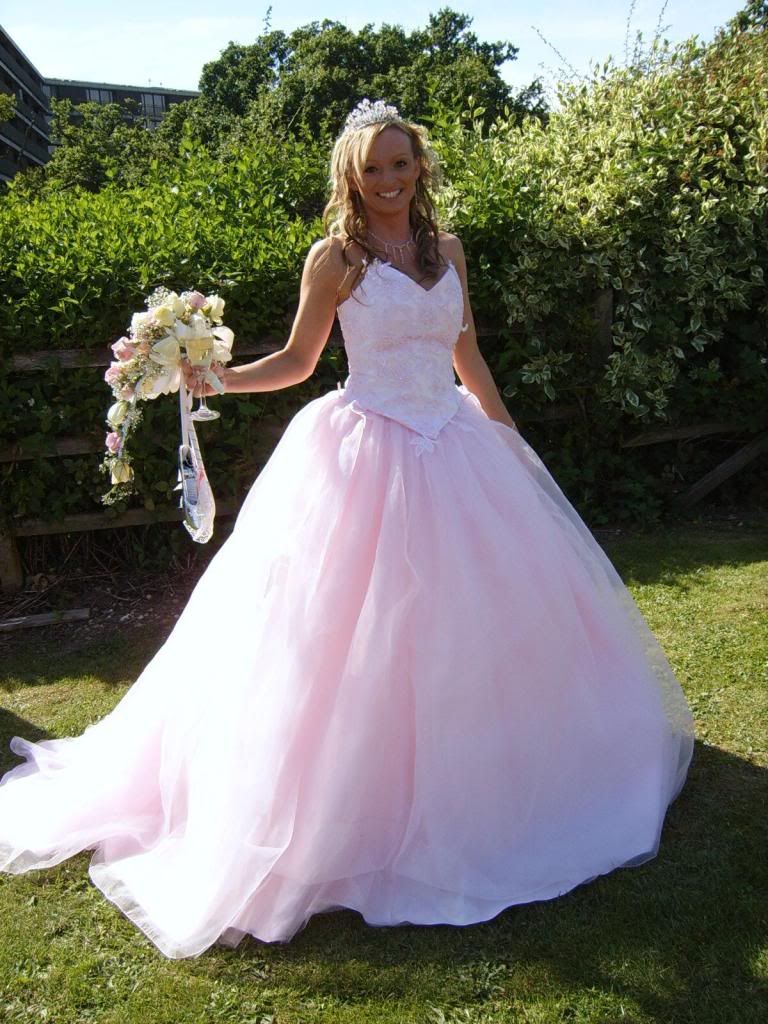
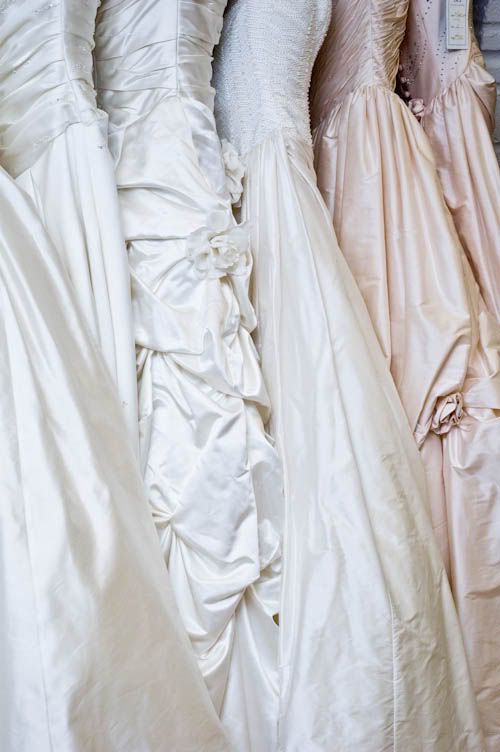

No Comments, Comment or Ping
Reply to “Το χρωμα του νυφικου (3) – The color of the wedding dress (3)”